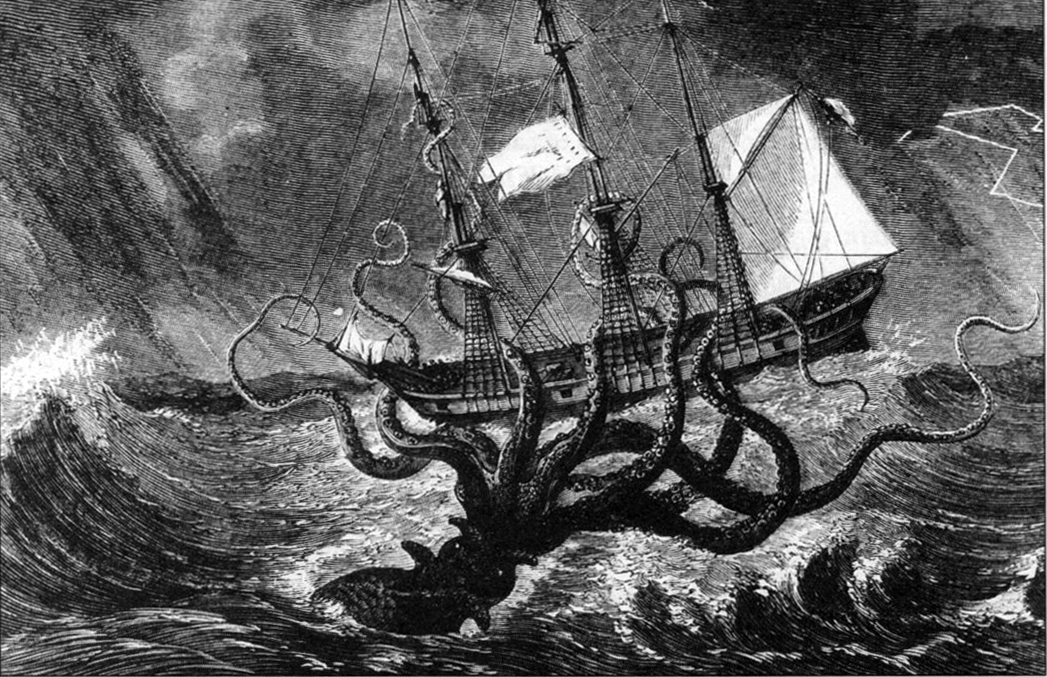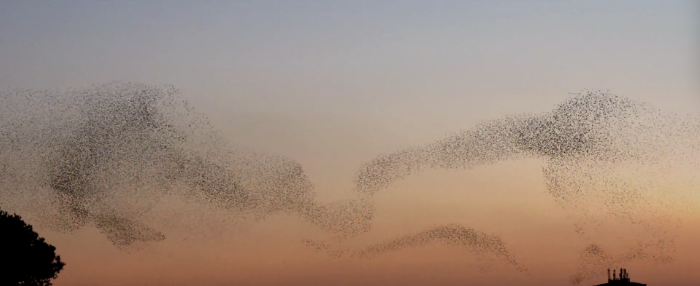 There are certain varieties of whales in the seas of Iceland that may be eaten by men. One of these is called humpback; this fish is large and very dangerous to ships. It has a habit of striking at the vessel with its fins and of lying and floating just in front of the prow where sailors travel. Though the ship turns aside, the whale will continue to keep in front, so there is no choice but to sail upon it—but if a ship does sail upon it, the whale will throw the vessel and destroy all on board. Then there is a kind of whale called the rorqual, and this fish is the best of all for food. It is of a peaceful disposition and does not bother ships, though it may swim very close to them. Because of its quiet and peaceful behavior it often falls a prey to whale fishers. It is better for eating and smells better than any of the other fishes that we have talked about, though it is said to be very fat; it has no teeth. It has been asserted, too, that if one can get some of the sperm of this whale and be perfectly sure that it came from this sort and no other, it will be found a most effective remedy for eye troubles, leprosy, ague, headache, and for every other ill that afflicts mankind. Sperm from other whales also makes good medicine, though not so good as this sort.
There are certain varieties of whales in the seas of Iceland that may be eaten by men. One of these is called humpback; this fish is large and very dangerous to ships. It has a habit of striking at the vessel with its fins and of lying and floating just in front of the prow where sailors travel. Though the ship turns aside, the whale will continue to keep in front, so there is no choice but to sail upon it—but if a ship does sail upon it, the whale will throw the vessel and destroy all on board. Then there is a kind of whale called the rorqual, and this fish is the best of all for food. It is of a peaceful disposition and does not bother ships, though it may swim very close to them. Because of its quiet and peaceful behavior it often falls a prey to whale fishers. It is better for eating and smells better than any of the other fishes that we have talked about, though it is said to be very fat; it has no teeth. It has been asserted, too, that if one can get some of the sperm of this whale and be perfectly sure that it came from this sort and no other, it will be found a most effective remedy for eye troubles, leprosy, ague, headache, and for every other ill that afflicts mankind. Sperm from other whales also makes good medicine, though not so good as this sort.
Then there is one that is scarcely advisable to speak about, on account of its size, which to most men will seem incredible. There are, moreover, but very few who can tell anything definite about it, inasmuch as it is rarely seen by men—for it almost never approaches the shore or appears where fishermen can see it, and I doubt that this sort of fish is very plentiful in the sea. In our language it is usually called the kraken. I can say nothing definite as to its length, for on those occasions when men have seen it, it has appeared more like an island than a fish. Nor have I heard that one has ever been caught or found dead. It seems likely that there are but two in all the ocean and that these beget no offspring, for I believe it is always the same ones that appear. It is said that when these fishes want something to eat, they are in the habit of giving forth a violent belch, which brings up so much food that all sorts of fish in the neighborhood, both large and small, will rush up in the hope of getting nourishment and good fare. Meanwhile the monster keeps its mouth open, and inasmuch as its opening is about as wide as a sound or fjord, the fishes cannot help crowding in in great numbers. But as soon as its mouth and belly are full, the monster closes its mouth and thus catches and shuts in all the fishes that just previously had rushed in eagerly to seek food.
_____________
Originally quoted in Lapham's Quarterly, which says: From The King’s Mirror. Composed in Old Norse during King Hákon Hákonarson’s reign (1217-1263), this anonymous instructive work takes the form of a father-son dialog and may have been intended for the king’s sons. The kraken, a fabled sea monster of Scandinavian invention, may have originated with a rare sighting of a giant squid. In addition to the humpback variety, the text mentions Greenland right, horse, red-comb, and white whales.

